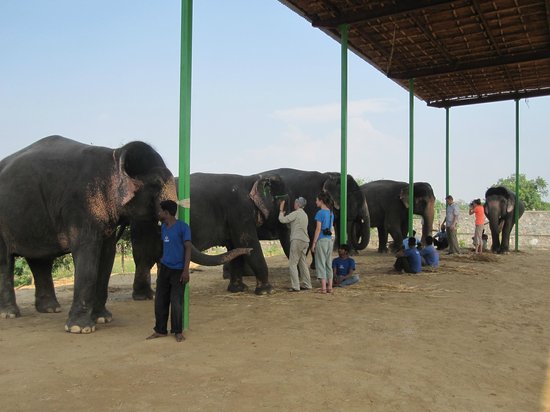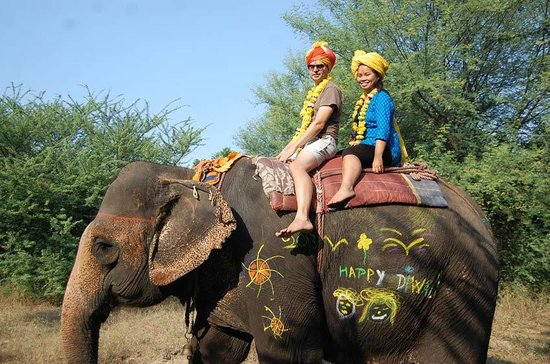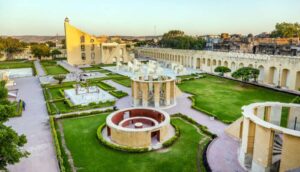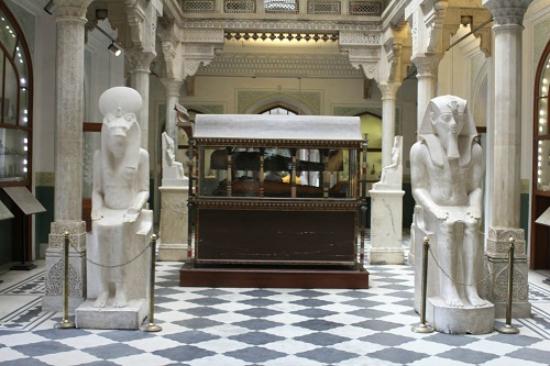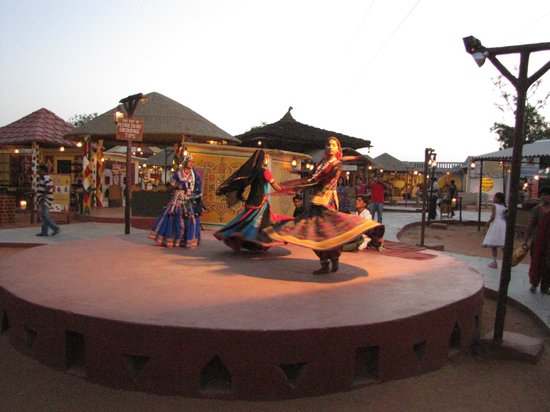
AMAZING TRIP TO JAIPUR: BEAUTIFUL PINK CITY OF INDIA
- Post author:Shamrock Journeys
- Post published:December 2, 2022
- Post category:Uncategorized
- Post comments:0 Comments
Tags: Best Indian Tours, Best Rajasthan Tour package, Best tour package for Rajasthan, Delhi Agra Jaipur Tour, Family Holiday Package for Jaipur, Golden Triangle Tour of India, Jaipur Tour Packages, Jaipur Travel Blog, North India Tour Packages, North India tours

:max_bytes(150000):strip_icc()/GettyImages-507311190-5ae34c6e0e23d90039a57d00.jpg)











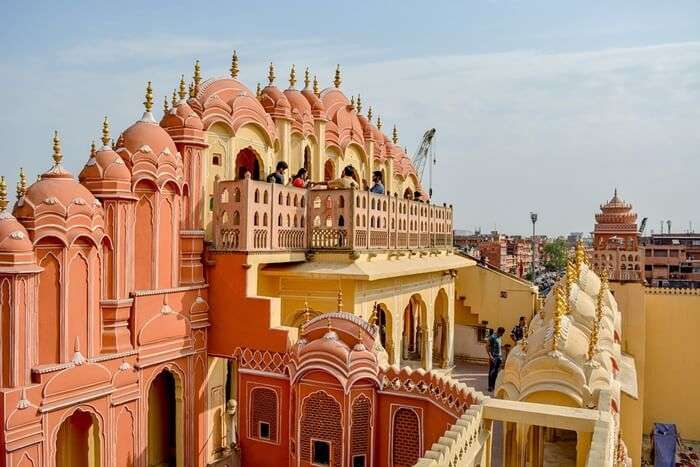
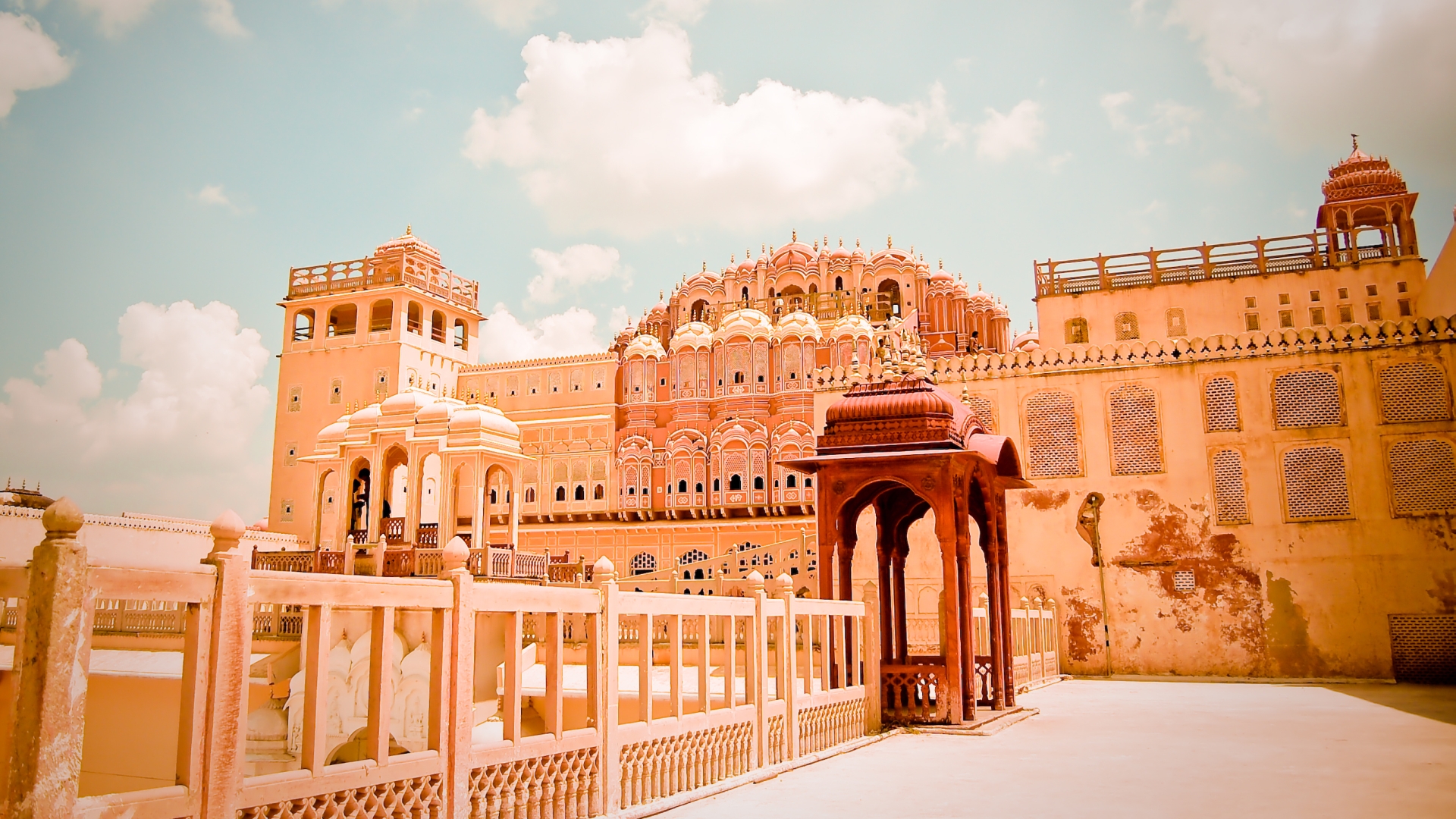






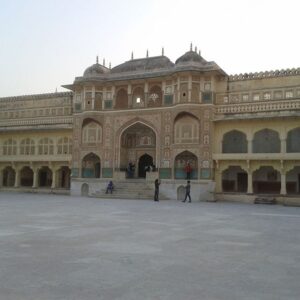

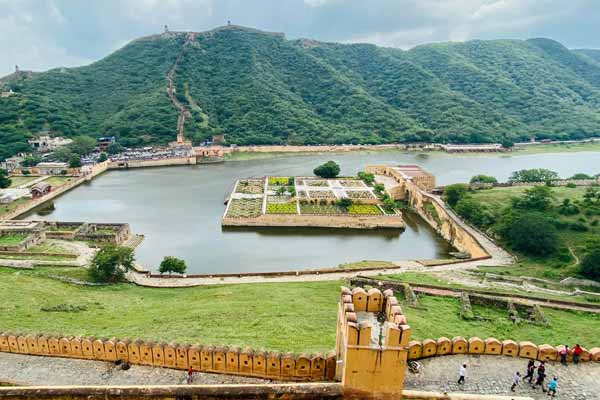

:max_bytes(150000):strip_icc()/GettyImages-469788052-4010d53537c64802a437ad24bd0f1345.jpg)



